Improve Your Cello Technique
The ultimate help guide mastering Cello Technique
Want to boost your cello skills? Focus on technique first. It’s the key to becoming an outstanding player. No one becomes a remarkable cellist without mastering technique. Our ‘Beginner’s Guide To Learning The Cello’ is here to make your journey easy and quick. Dive in and see how technique transforms your playing!
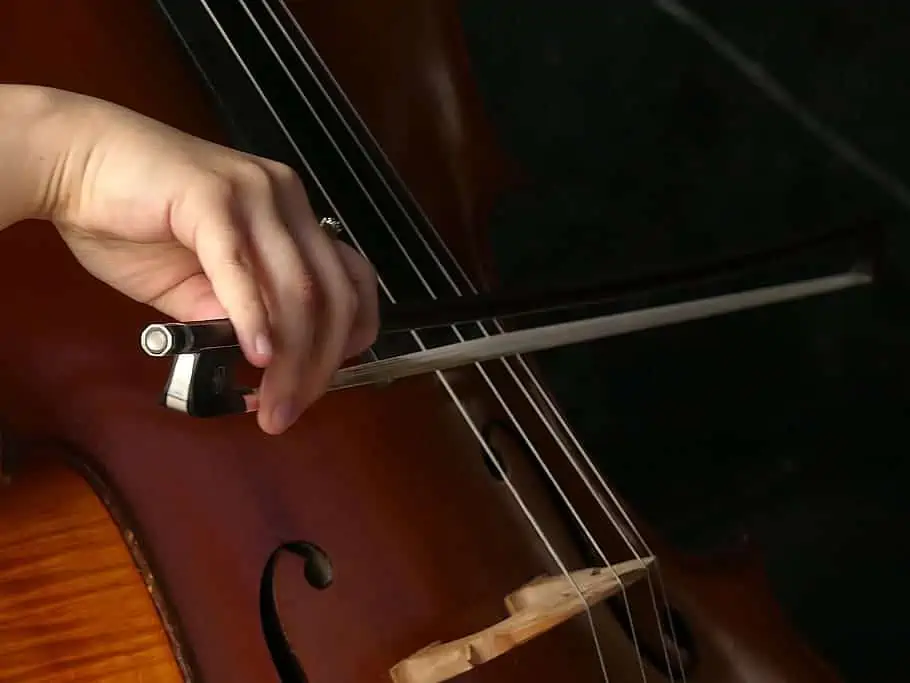
1. Bow hold exercises
As we know, perfecting your bow hold is one of the most important steps when learning to play the cello, as a good technique here will give you to have a greater amount of control of the bow which will allow you to truly make your cello sing.
There are a few things you can do to improve your bow hold:
The climbing exercise
This exercise requires you to use your normal bow hold but vertically. Point the bow upwards with your hand in its normal position, and then begin climbing up the bow with your right hand, always maintaining the correct bow hold.
Holding the bow at the middle and the tip will affect how the balance feels. This will allow you to experience the bow in new, and sometimes uncomfortable ways, thus making the return to the heel feel much more comfortable.
10 to 2
This is a technique that I was only taught recently when buying a new bow, but have found really helpful for developing the core of the bow hold as well as strengthening the outer fingers.
Again, start with your bow pointing upwards whilst using your normal bow hold. Then tilt the bow in front of you from left to right as if from 10 to 2 on a clock. This will force you to use your index and little fingers and will develop their strength and control as well as allowing you to further understand their roles within the hand.
Practising with a pen
When you are not at your cello you can substitute the bow for a pen by holding it in the same way you would a bow. This is a handy exercise that you can take with you anywhere and will help to normalise that hand position.
Bow grip
There are various products that you can attach to your bow to make holding it correctly feel more comfortable. A common one for players of all abilities is the standard tubular grip which sits over the leather and the wrapping.
A new product designed for beginners, especially children, is the CelloPhant. Shaped like an elephant, it is placed over the frog and has clearly marked indentations to encourage correct bow hold. They come in a range of colours and are available from many online retailers.
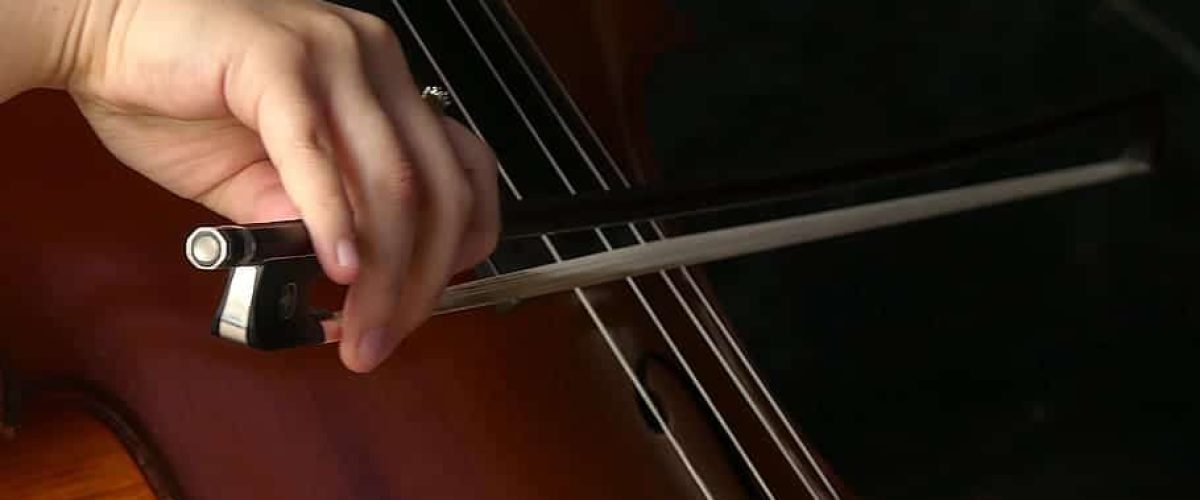
2. Changing the colour
There are several things that can affect the colour or type of sound that you are producing. This is primarily controlled by the right hand and can be easily altered to create something new. Experimentation is best here.
Changing lane
Imagine that the space between the fingerboard and bridge is divided into lanes like on a motorway. The lane closest to the fingerboard is the inside lane. Here you will be able to create a softer, more gentle sound. The lane closest to the bridge is the outside lane. Here you can really get the most amount of noise out of the cello – but be careful, it may not always sound so pleasant!
Heel, tip, or somewhere in between
It is possible to change the strength of your sound by using a different part of the bow. As the heel is heavier, it will naturally give a heavier sound with more attack at the start of each note. Using the tip end will produce less weight in the sound and more airy quality.
There is a magic spot on the bow called “the balance point”. This is where your bow will balance on your finger and where the weight is centred. It is usually found somewhere between the heel and the middle – usually around one-third of the way along with the whole bow. This spot is usually great for playing faster passages.
Speed of the bow
Changing the speed of the bow can have a huge impact on the type of sound produced. A slower bow speed allows each hair to grip the string and release it, allowing for a sound that has a rich and full core. A faster bow speed puts more air into the sound and gives it a lighter feel.
Both can be very helpful and can be further adapted by using different amounts of weight.
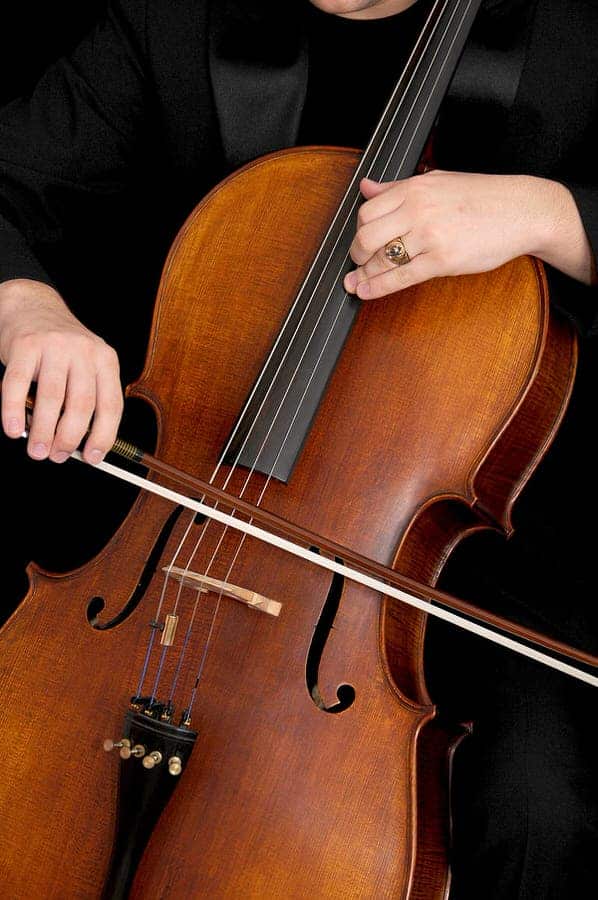
Weight (not pressure)
The power of the sound comes from the right arm. Utilising arm weight can greatly impact the nature of your sound.
For a heavier weight, try pretending that your arm has a bag of sugar hanging off it. In the same way, by imagining that a balloon is strapped to your arm, you can use less arm weight.
Be careful when combining weight with speed – too much of both and your sound will crack and feel harsh and scratchy, too little of both and your sound will be weak and airy. It’s important to get the ratio of bow weight to speed right – and this may be different for different pieces or even phrases of music.
3. Vibrato
A good vibrato is something that cellists spend years trying to develop. Whilst there are different methods for learning how to do vibrato, there are also several types of vibrato.
Learning method 1 – sliding
A popular method for learning vibrato is to start with shifting between two adjacent semitones. Play both notes with the same finger and gradually increase the speed with which you move between the two. As you increase the speed, the interval will become smaller and vibrato will emerge.
This method has successfully introduced many cellists to vibrato but remember – vibrato is not alternating between two notes, it is simply a wobble or “shake” on one.
Learning method 2 – rotating
Another way to learn vibrato is to stick with just one note and slowly start to rotate your hand from side to side. You will notice a slight variation in the pitch of the note. This rotation can then be sped up to produce a full vibrato.
Varying your vibrato
Different pieces will demand a different style of vibrato so knowing what options are available to you and how you can achieve this will help you.
The most obvious thing to notice about vibrato is the speed. That is to say, the speed at which the pitch alternates (or the frequency if we imagine it as a waveform). A slower vibrato can feel more expressive and work in a more romantic piece, but a fast vibrato has its place too and can work well in short bursts as colour in fast passages or create articulation.
The next thing to notice about vibrato is the width of the vibrato (or the amplitude of a waveform). Combining a width with a lot of speed will create an intense vibrato that will easily be heard across a concert hall. A narrow vibrato with little speed will barely be heard at all.
Different combinations of width and speed will work for different pieces so it is best to practise all of the possible combinations so that you have the full variety available to you whenever you need.
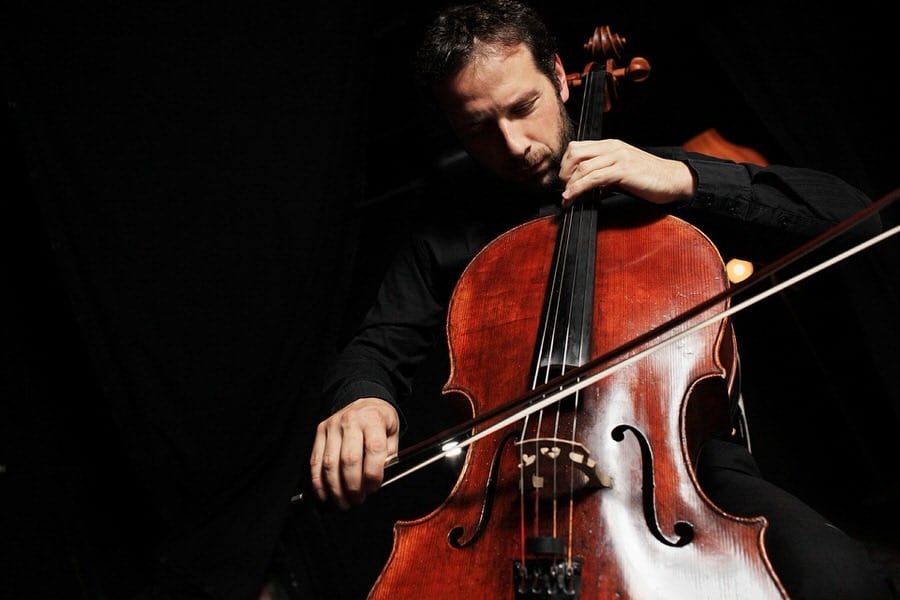
4. Intonation
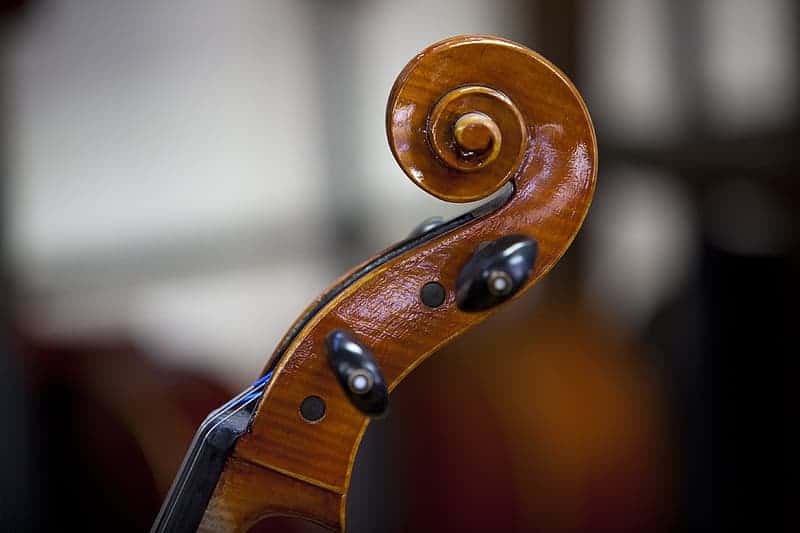
Intonation is the concept of whether or not a note is “in tune”. Often it is easy to tell when a note is out of tune, but sometimes a quick check can be helpful.
It is often possible to play a note alongside another to create a double stop. Playing with an open string can be particularly helpful if the two notes create an octave. Other helpful intervals include 6ths and 3rds.
Practising your scales and arpeggios on a daily basis will also improve your overall intonation. Scales are the building blocks of music so if you can play them fluently and accurately, you will find that your sight reading will improve and you are able to access more demanding pieces.
Improve Your Cello Technique - Summary
Having a good technique will allow you to focus more on developing your musicality. It will free up your playing and allow you to immerse yourself in the music.
Whilst having a good technique is the goal of any cellist, it is important to remember that this takes time and can only be achieved with focussed practice. Bad habits will stick just as well as good habits so it’s important to make sure you are not only doing your practice but doing the right kind of practice. Quality over quantity.
About the Author
Ellen Porter
Ellen Porter is a cellist based in North Yorkshire, UK. She is a graduate of the Royal Northern College of Music where she studied with Eduardo Vassallo and Jennifer Langridge. Later, she completed postgraduate training with Johan Stern in Gothenburg, Sweden, where she specialised in orchestral performance. Ellen has performed throughout the UK and Europe as a member of several orchestras including the Swedish National Orchestra Academy, Berlin Opera Academy, Piccadilly Symphony Orchestra and Baroque in the North. She has also performed in masterclasses with cellists Hannah Roberts, Guy Johnston, Gillian Thoday, Emma Ferrand, Miklos Perenyi and Peter Somodari; and previously studied with David Smith
Ellen has always been passionate about communicating and sharing her passion for music with others. She currently works for North Yorkshire Music Education Hub as an Instrumental Teacher having previously worked as a supply music teacher in Sweden. In 2021, she completed the Ambassador Programme with the Benedetti Foundation, and completed articles for Ted's-List. She has also worked with Global Grooves as part of the LIME Music UK 2017 Festival, the National Children's Orchestras of Great Britain, RNCM Young Basses and the Halle Youth Ensembles team.
Ellen currently plays on a modern Italian style cello dated 2012 and a French bow in the style of Tubbs. She was supported in her further musical study by The Edna Newill Charitable Trust, to whom she is forever grateful.
Apart from music Ellen enjoys learning languages, travelling and going on long walks with her dog, Digby!
Other posts by this author
Ellen has always been passionate about communicating and sharing her passion for music with others. She currently works for North Yorkshire Music Education Hub as an Instrumental Teacher having previously worked as a supply music teacher in Sweden. In 2021, she completed the Ambassador Programme with the Benedetti Foundation, and completed articles for Ted's-List. She has also worked with Global Grooves as part of the LIME Music UK 2017 Festival, the National Children's Orchestras of Great Britain, RNCM Young Basses and the Halle Youth Ensembles team.
Ellen currently plays on a modern Italian style cello dated 2012 and a French bow in the style of Tubbs. She was supported in her further musical study by The Edna Newill Charitable Trust, to whom she is forever grateful.
Apart from music Ellen enjoys learning languages, travelling and going on long walks with her dog, Digby!
What Exactly Is 4 Feature Friday?
As regular as I walk the dog, I send out an email to you with the four most amazing things that you absolutely have to know about.
Providing it includes something related to music, it can wind up in the email. Think of it as a music pandora’s box!
But you’ll only get a copy of the email if you gain entry directly below.
Read the next post in this series:




